
///
01
What is Moxibustion?
According to the “Compendium of Materia Medica” (Bencao Gangmu), mugwort (Ai Ye) is used as a medicinal herb, characterized by its warm nature, bitter taste, non-toxic properties, pure Yang quality, and its ability to penetrate the twelve meridians. It is effective in warming Yang, regulating Qi and blood, dispelling dampness and cold, stopping bleeding, and calming the fetus. Therefore, mugwort is also known as “medicinal herb.”
Moxibustion involves using mugwort leaves as the raw material to create moxa sticks or cones, which are then burned to provide appropriate warmth and stimulation directly or indirectly to specific acupuncture points, applying heat to the meridians to dispel cold pathogens and regulate the meridians, thus achieving a method of health preservation.
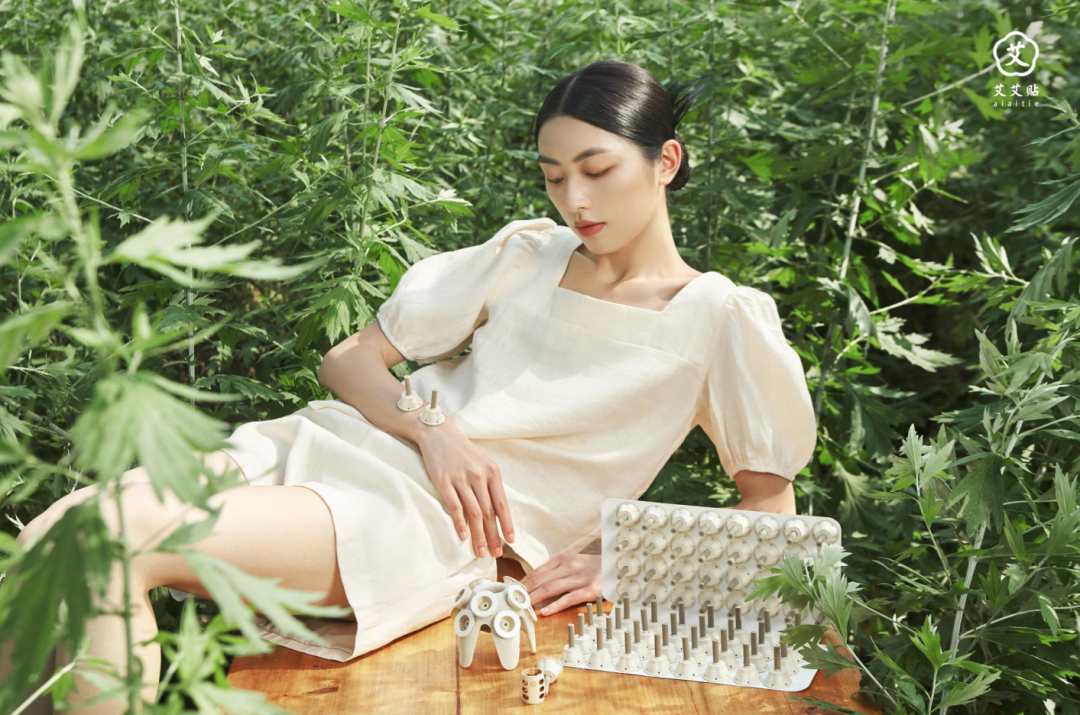
Moxibustion has a history of thousands of years in China. Li Shizhen in the “Compendium of Materia Medica” stated: “Moxibustion opens up the meridians and treats hundreds of diseases, bringing recovery to those suffering from chronic illnesses; its efficacy is indeed great.” Moxibustion, as a purely natural method of health maintenance, can warm the meridians, dispel cold, and prevent diseases, making it beloved and revered by people throughout history.
02
The Origin of Moxibustion
Moxibustion is a creation of nature, born alongside humanity; it is not an invention of any individual. In ancient times, humans lived in harsh environments with limited tools and medicines. However, they discovered that accidentally applying fire to affected areas could alleviate pain, leading to the realization that fire could be used for health maintenance—this is the origin of moxibustion.
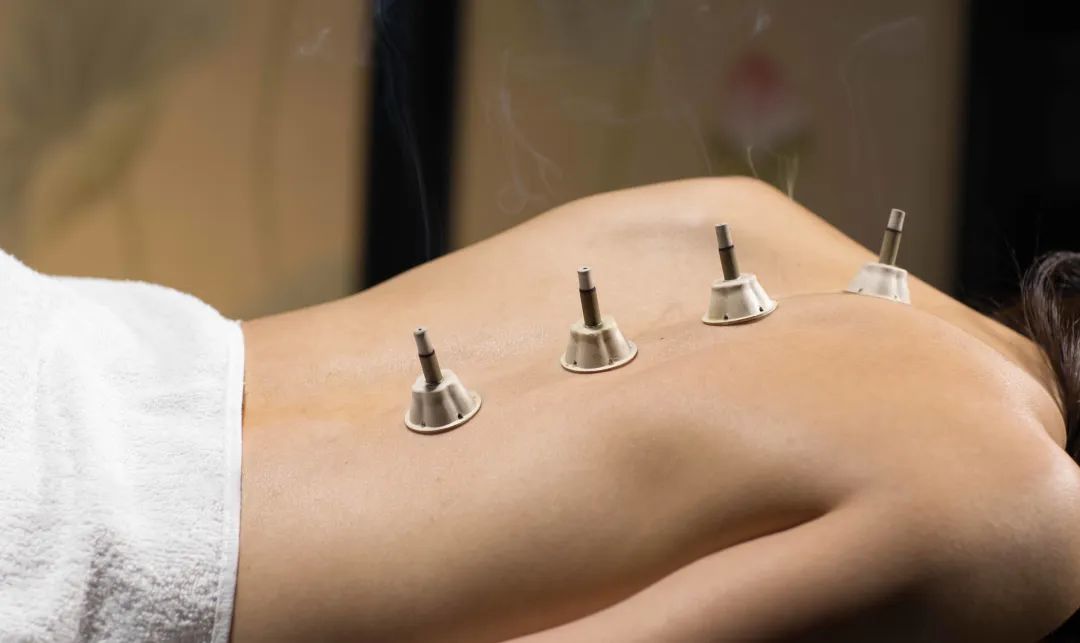
Ordinary heat can only cause superficial burns to the skin without providing warmth or dispersing heat. Mugwort is a pure Yang herb, a good medicine for strengthening the foundation and expelling evil, which is why people use mugwort to make moxa sticks or cones for moxibustion, achieving remarkable effects.
In ancient China, there are countless examples of using moxibustion for health maintenance. The “Zhuangzi” mentions “the Yue people fumigate with mugwort,” and the “Mencius” states, “For a seven-year illness, seek three years of mugwort.” Today, as people’s understanding of moxibustion deepens, it gradually enters daily life, becoming a shining star in modern health maintenance.
03
Moxibustion Can Be Applied “Off-Point but On-Meridian”
Traditional Chinese Medicine (TCM) believes that moxibustion points follow the principle of “off-point but on-meridian.” The effect of moxibustion on the human body is not limited to a single point but rather encompasses an area around the acupuncture point. When selecting points, slight deviations are acceptable as long as they do not stray from the meridian.
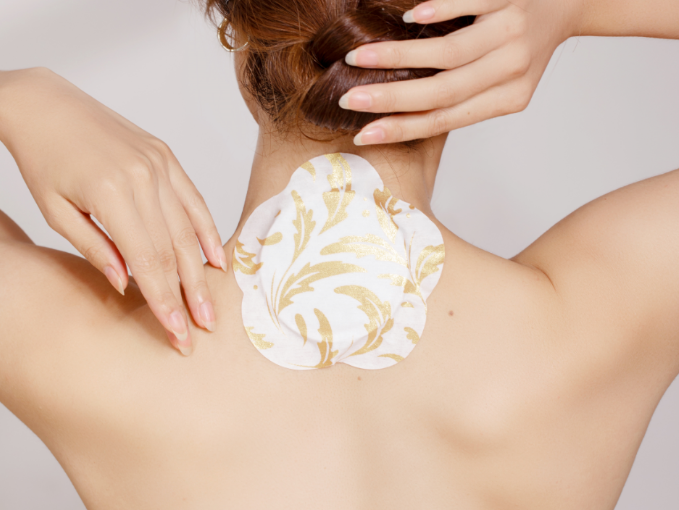
This means that moxibustion is applied to the acupuncture point and the surrounding area, not just the specific point itself, thus avoiding the difficulty of precise point location; as long as one is generally near the acupuncture point, it suffices.
04
The Wonderful Uses of Moxibustion in Modern Society
① Relieve Fatigue and Improve Sleep
Modern individuals face increased pressure from society and family due to a faster pace of life, compounded by various pollutants affecting both body and mind, leading to feelings of depression, irritability, memory decline, insomnia, vivid dreams, and fatigue. In fact, TCM believes these issues stem from insufficient Qi and blood or obstructed meridians. Moxibustion can warm the meridians, relieve fatigue, and improve sleep.
② Beautify Skin and Maintain Overall Health
TCM holds that the lungs govern the skin and are susceptible to external pathogens. Once lung function is compromised, the skin and hair will also suffer. The aroma released during moxibustion, when inhaled, opens the airways and moistens the heart and lungs. The essential oils released penetrate deeply into the muscles, regulating Qi and invigorating the body’s vital energy. Through moxibustion, the circulation of Qi and blood is accelerated, promoting the elimination of toxins from the body, resulting in health and natural beauty from within.
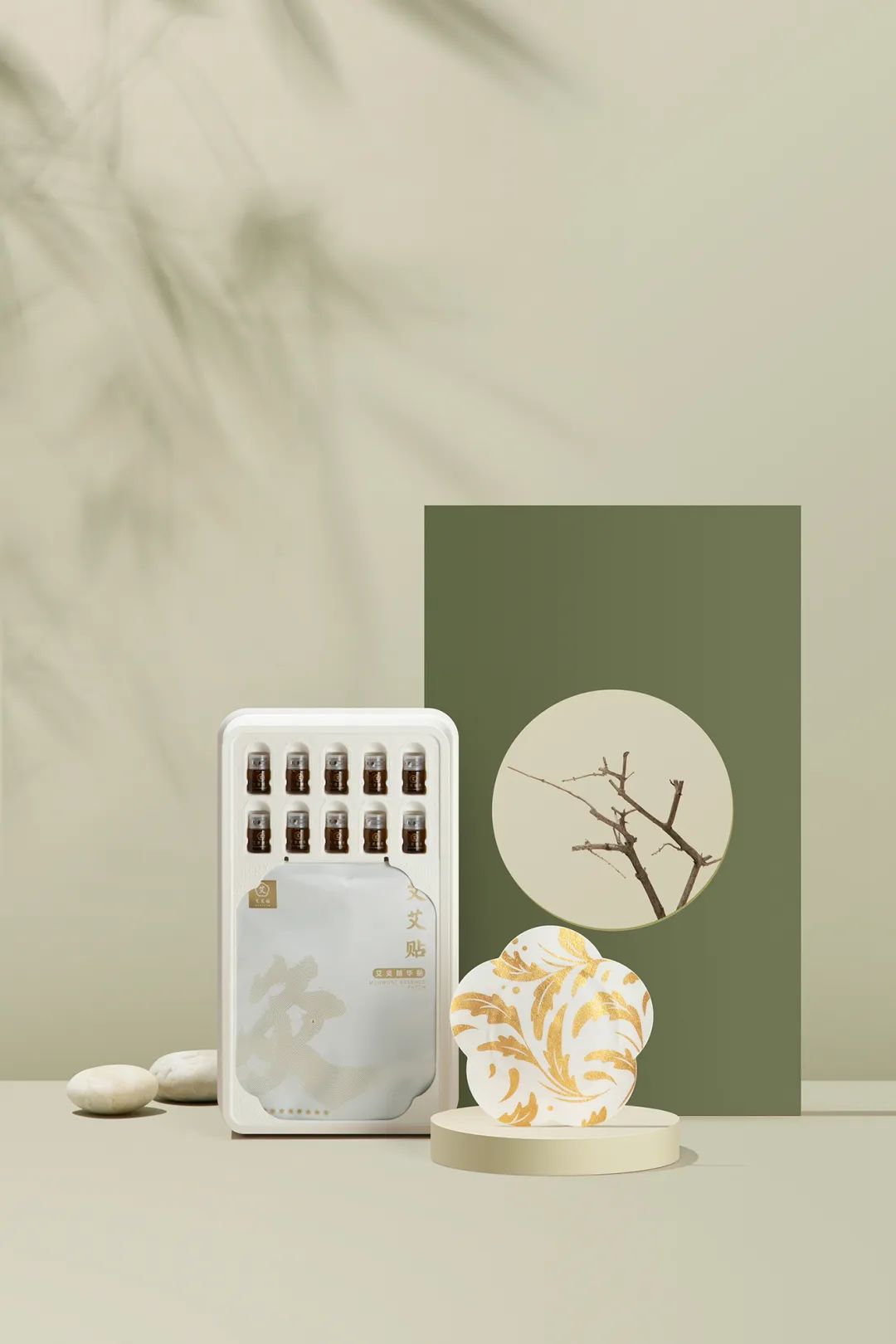

③ Eliminate Cold Sensation, Support Yang, and Expel Dampness
Mugwort can dispel cold, eliminate dampness, and open the meridians. The organs, limbs, skin, and muscles of the human body rely on the warmth, moisture, and nourishment provided by Qi and blood to maintain vitality. Modern individuals often suffer from excess cold and dampness; using moxibustion to expel cold toxins provides comprehensive care, preventing and improving hidden internal issues, achieving the goal of treating both symptoms and root causes.
④ Enhance Immunity and Delay Aging
Moxibustion can enhance the body’s immune function and metabolic capacity, thereby strengthening the body’s vital energy. Moxibustion stimulates the meridian sensation, promotes the flow of Qi, and delivers activated energy to normal cells, immune-active cells, and energy-deficient pathological cells. Additionally, it utilizes feedback regulation mechanisms to correct the disordered energy metabolism in pathological states, regulating the body’s immunity and inhibiting cellular aging.

05
The Principles of Moxibustion for Health Maintenance
The principles of moxibustion for health maintenance involve using heat to achieve effects such as warming the meridians, promoting Qi and blood circulation, and dispelling cold and dampness. On the other hand, it also utilizes the medicinal properties of mugwort, as mugwort is one of the few herbs that can penetrate all twelve meridians, which is why ancient practitioners, after centuries of exploration, designated mugwort as the primary material for moxibustion.
The infrared radiation during moxibustion provides the necessary energy for cellular metabolic activities and immune functions, and it can also activate energy-deficient pathological cells. When moxibustion is applied to acupuncture points, its near-infrared radiation has a high penetration ability, allowing energy to be effectively delivered to the affected areas through the meridian system.
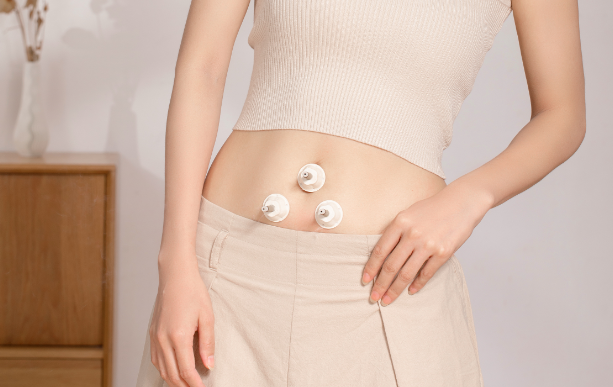
Ai Ai Ties—The Inheritance and Innovation of Moxibustion
Ai Ai Ties thoroughly studies the ancient culture of mugwort, taking it as its mission to inherit the culture of mugwort while striving to create a modern essence of moxibustion culture. Ai Ai Ties selects aged mugwort, and through processes of selection, screening, pounding, purification, drying, and shaping, using traditional moxibustion techniques, produces high-purity, high-quality golden moxa sticks that burn quickly and provide stable, gentle heat.
Moxibustion has developed over thousands of years in China, but the traditional hand-held moxa stick method has drawbacks such as the risk of burns, small treatment area, and time-consuming application, which do not align with modern lifestyles. Ai Ai Ties solves all these problems, making it more convenient than traditional methods, allowing for concentrated effects, and enabling simultaneous application on different body parts, greatly saving time and enhancing effectiveness.
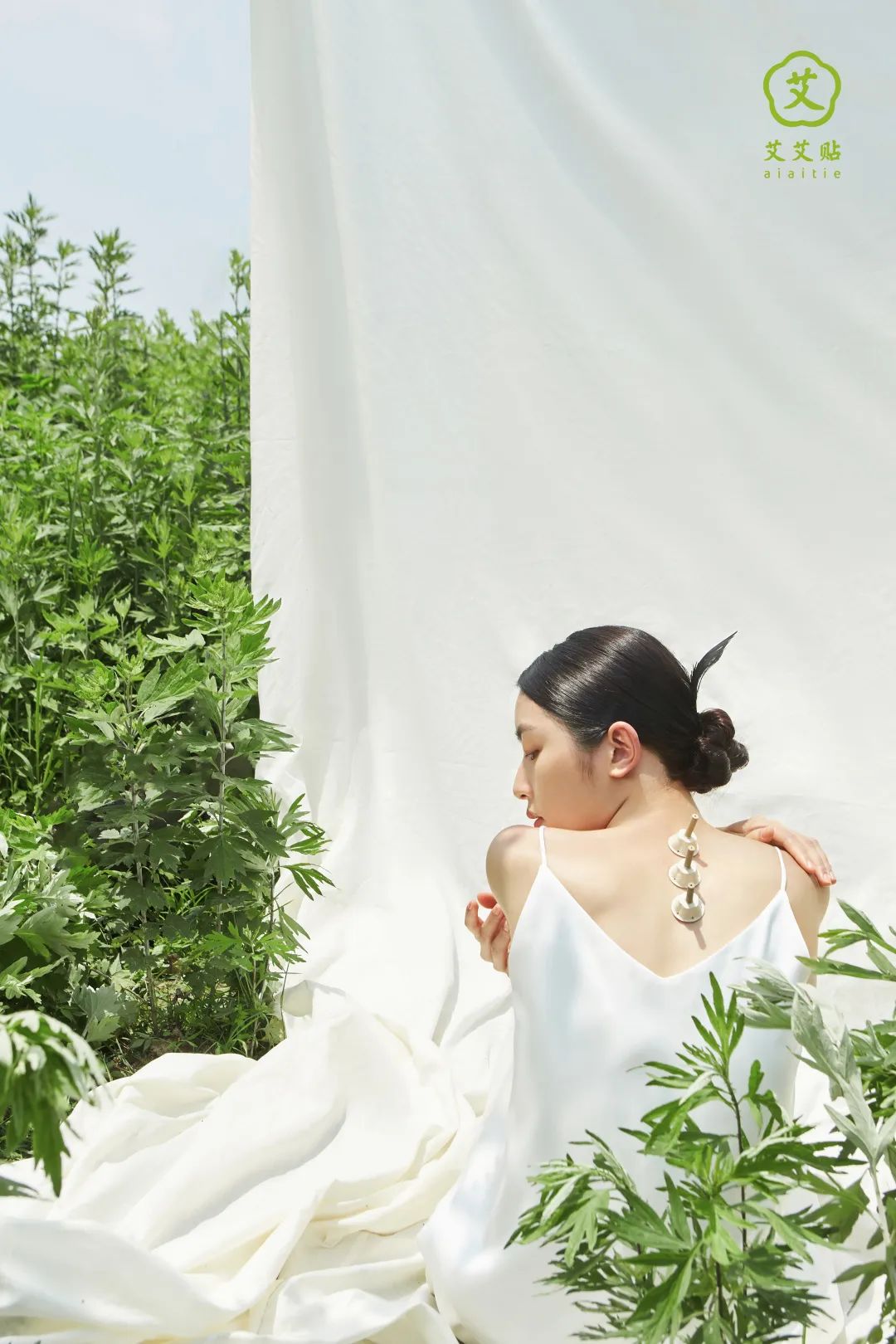
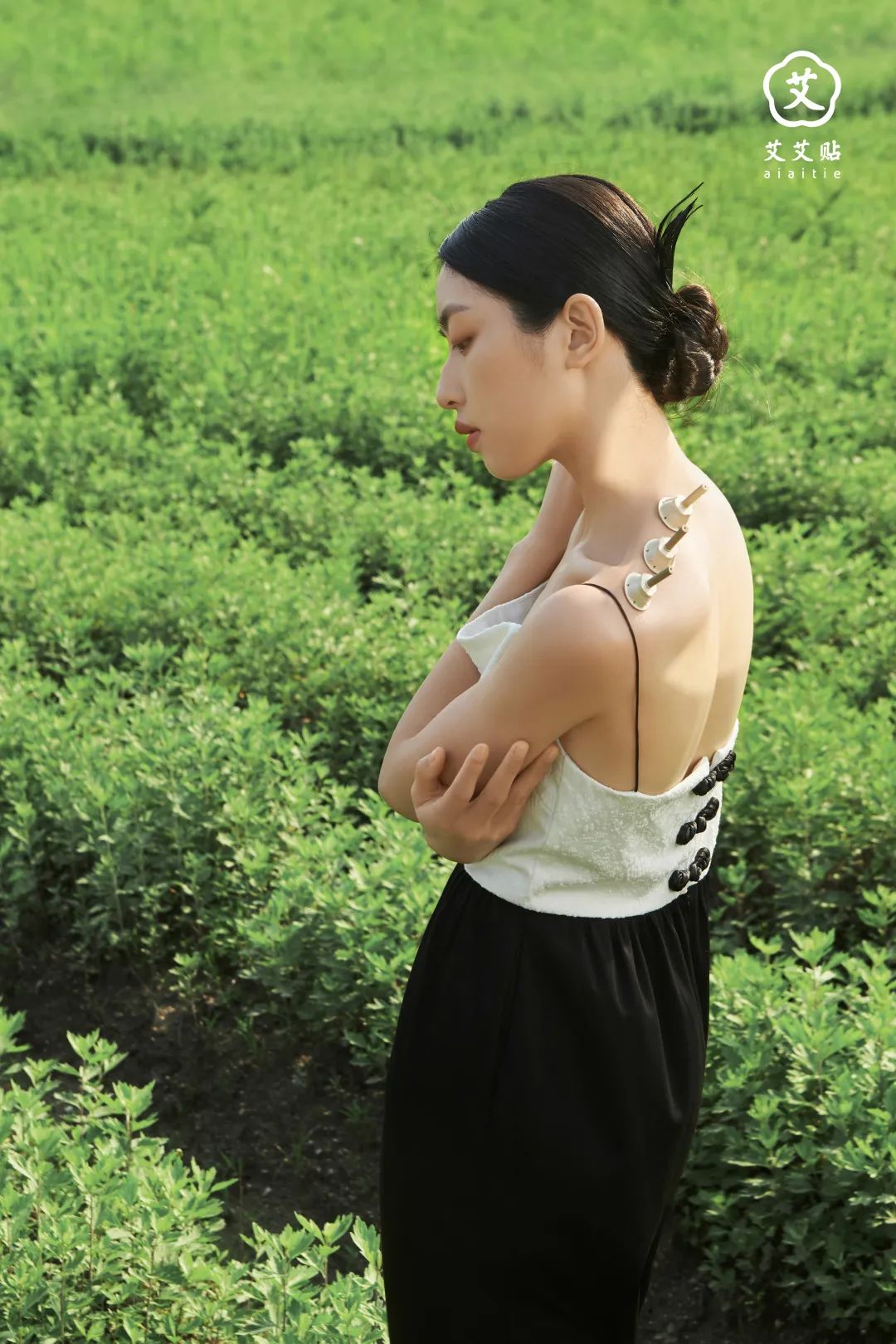
Contraindications for Ai Ai Ties Moxibustion
Do not perform moxibustion within one hour before or after meals.
Do not perform moxibustion after intense exercise.
Pregnant women should avoid moxibustion.
Avoid moxibustion on inflamed or broken skin.
Do not perform moxibustion when extremely fatigued, overly hungry, very thirsty, intoxicated, or during menstruation.
Do not expose the moxibustion area to water or wind within two hours after treatment.
Avoid cold and raw foods during moxibustion, such as watermelon, bananas, crabs, cold drinks, and herbal teas.
06
Golden Health Acupuncture Points for Moxibustion
● Shenque Point (Ren 8)
The Shenque point is located at the navel and is a key point on the Ren Meridian. It is the most secret and crucial point for life, known as the longevity point. Moxibustion on the Shenque point can warm the original Yang, support Yang, harmonize the spleen and stomach, nourish Qi and blood, and enhance immunity while regulating organ functions.
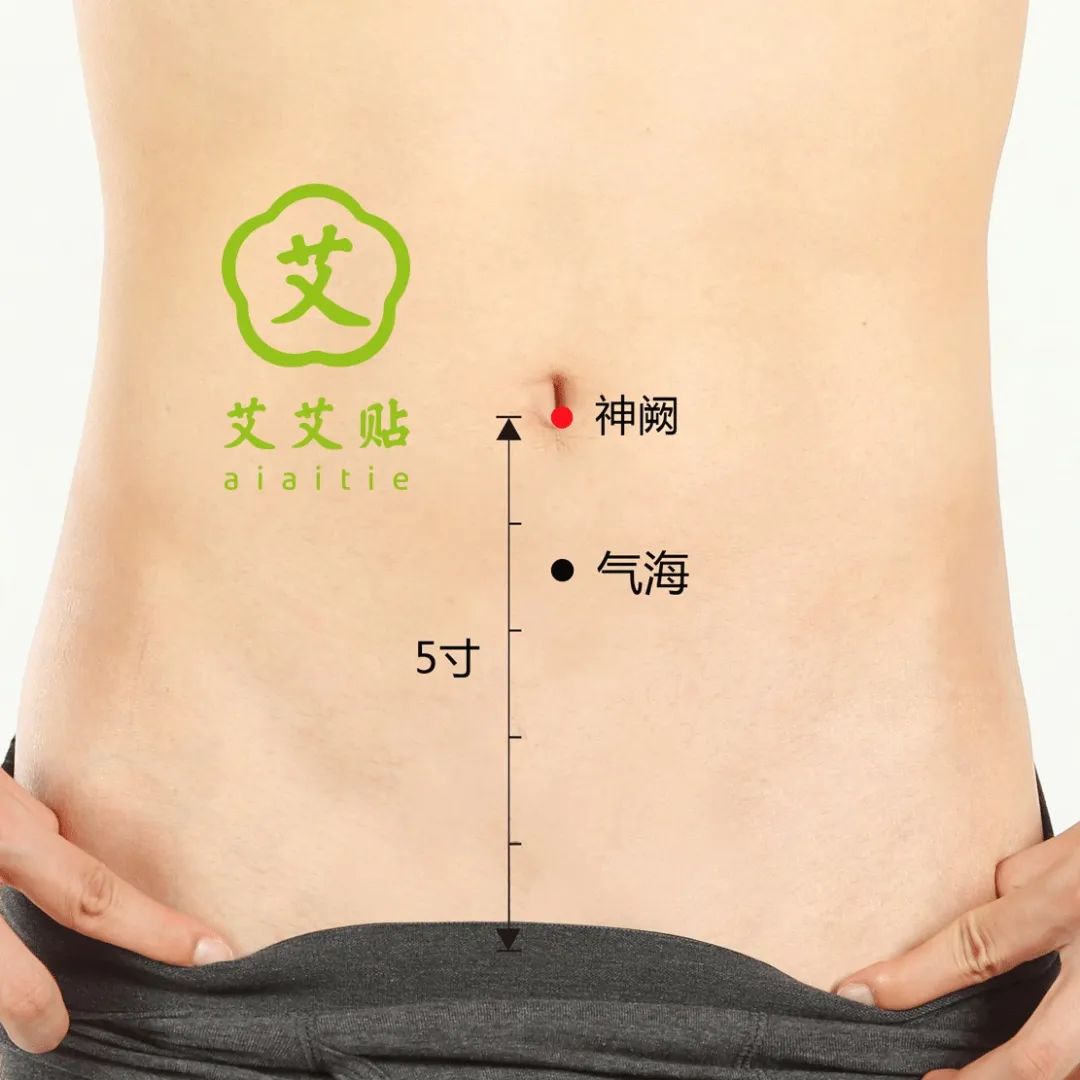

● Qihai Point (Ren 6)
The Qihai point is located in the lower abdomen, on the anterior midline, 1.5 cun below the navel. It is praised as “warming the whole body from one point,” indicating its role in strengthening the entire body. Clinical evidence shows that the Qihai point can indeed adjust overall weakness, enhance immunity, and provide significant health benefits for those with congenital weakness or excessive postnatal fatigue.
● Guanyuan Point (Ren 4)
The Guanyuan point is located 3 cun below the navel, on the midline of the abdomen. It is the Mu point of the small intestine meridian and also intersects with the spleen, liver, kidney, and Ren meridians. It has functions such as tonifying kidney Yang, warming the meridians, regulating Qi and blood, and replenishing the body’s original Qi. This point has been regarded as a key health point throughout history; moxibustion on the Guanyuan point can replenish kidney Qi and delay aging.
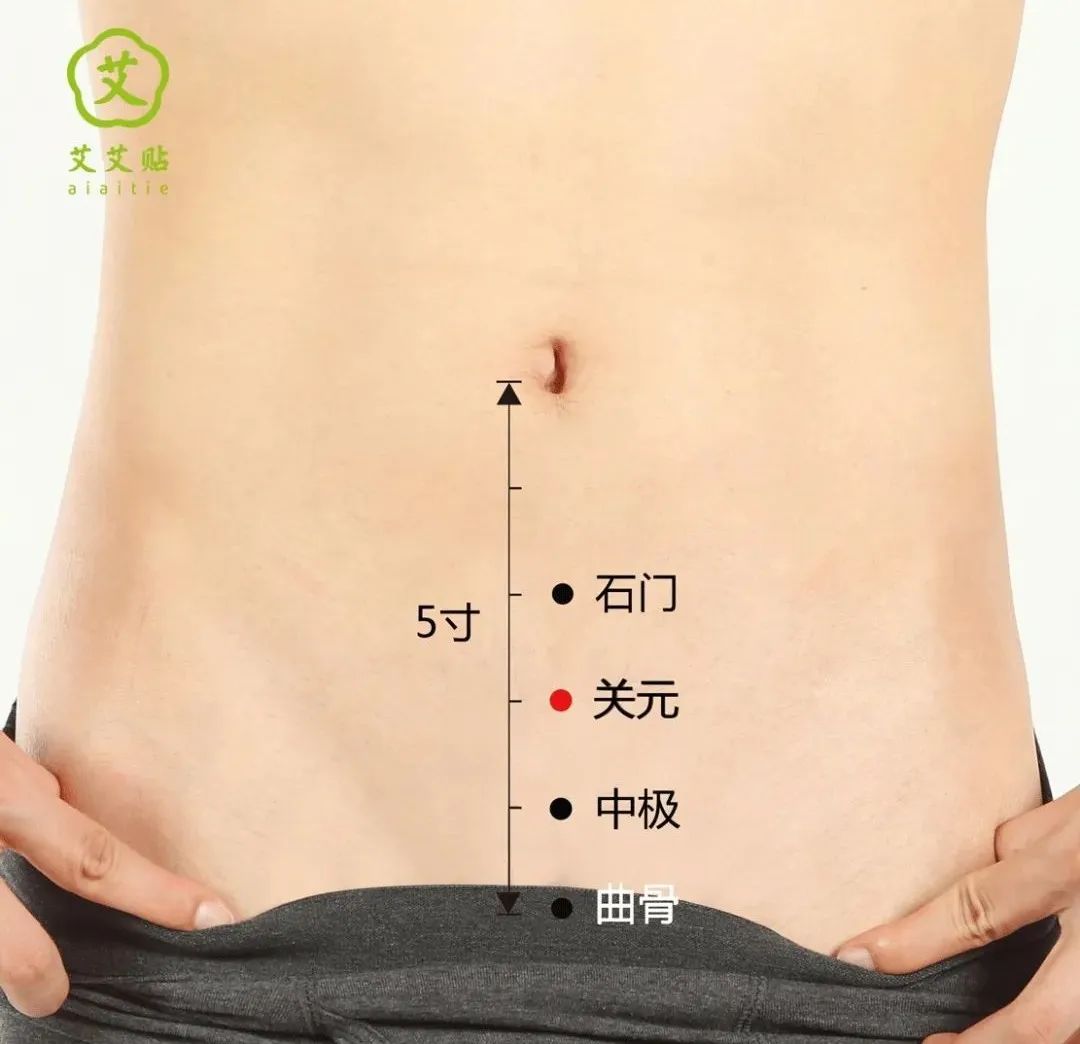
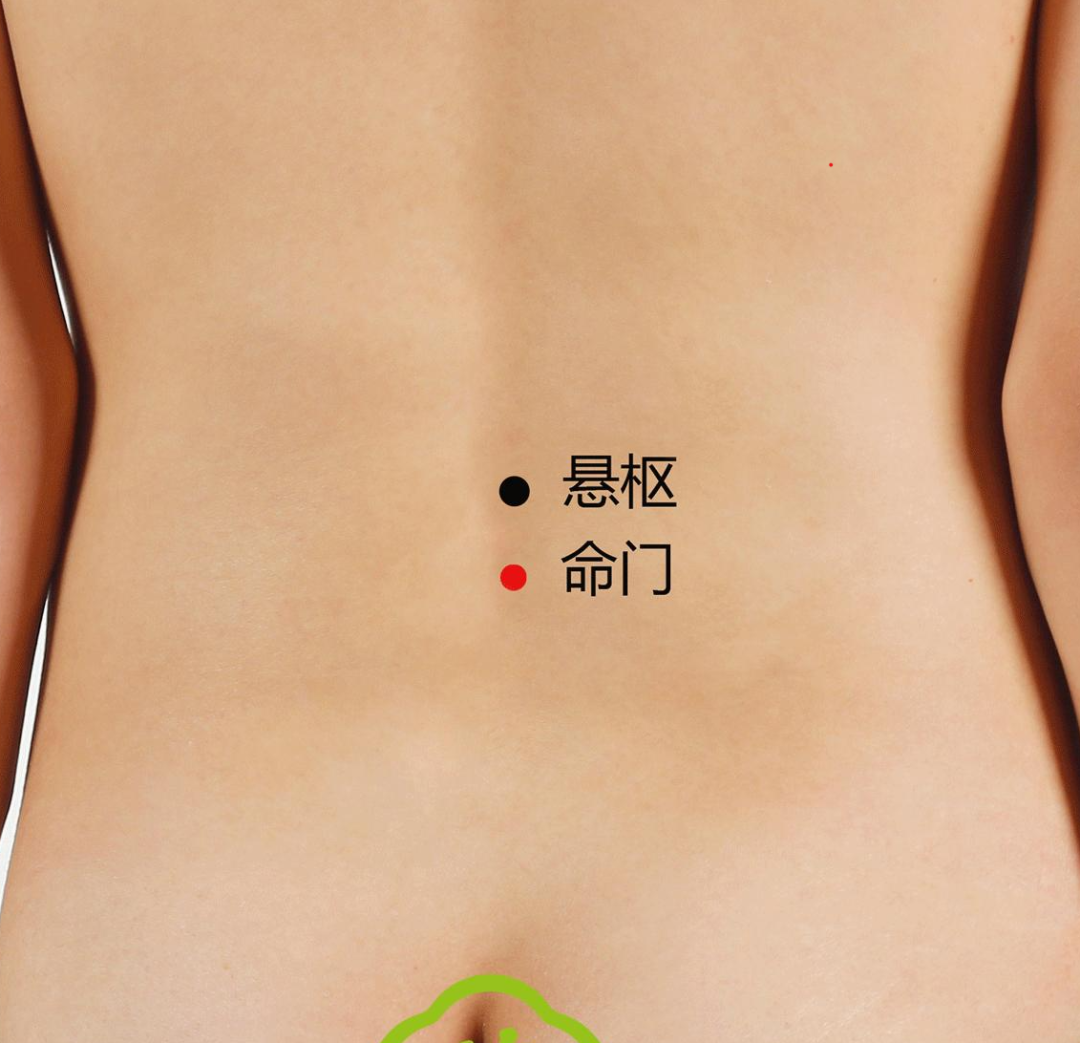
● Mingmen Point (Du 4)
The Mingmen point is located in the lower back, on the posterior midline, in the depression below the spinous process of the second lumbar vertebra. Known as the “Gate of Life,” it plays a warming, stimulating, and promoting role in the physiological activities of various organs, aiding in digestion, absorption, and fluid metabolism. Clinical practice shows that pairing the Mingmen and Shenque points is the best for enhancing Yang; moxibustion on the Mingmen can nourish kidney Qi and invigorate the kidney meridian, promoting abundant Yang energy; the Shenque point, belonging to the Ren Meridian, is the root of life, and moxibustion here can support Yang and prevent collapse. The combination of these two points has the effect of warming the kidneys, strengthening Yang, and supporting the body.
● Shanzhong Point (Ren 17)
The Shanzhong point is located at the midpoint of the line connecting the two nipples. It is a key health point for the body, with functions such as broadening the chest, regulating Qi, invigorating blood circulation, clearing the lungs, and relieving asthma. Modern research has also confirmed that stimulating this point can regulate nerve function, relax smooth muscles, and dilate coronary blood vessels and the lumen of the digestive tract, effectively regulating various “Qi” diseases, including respiratory, circulatory, and digestive system disorders such as asthma, chest tightness, palpitations, irritability, and angina.
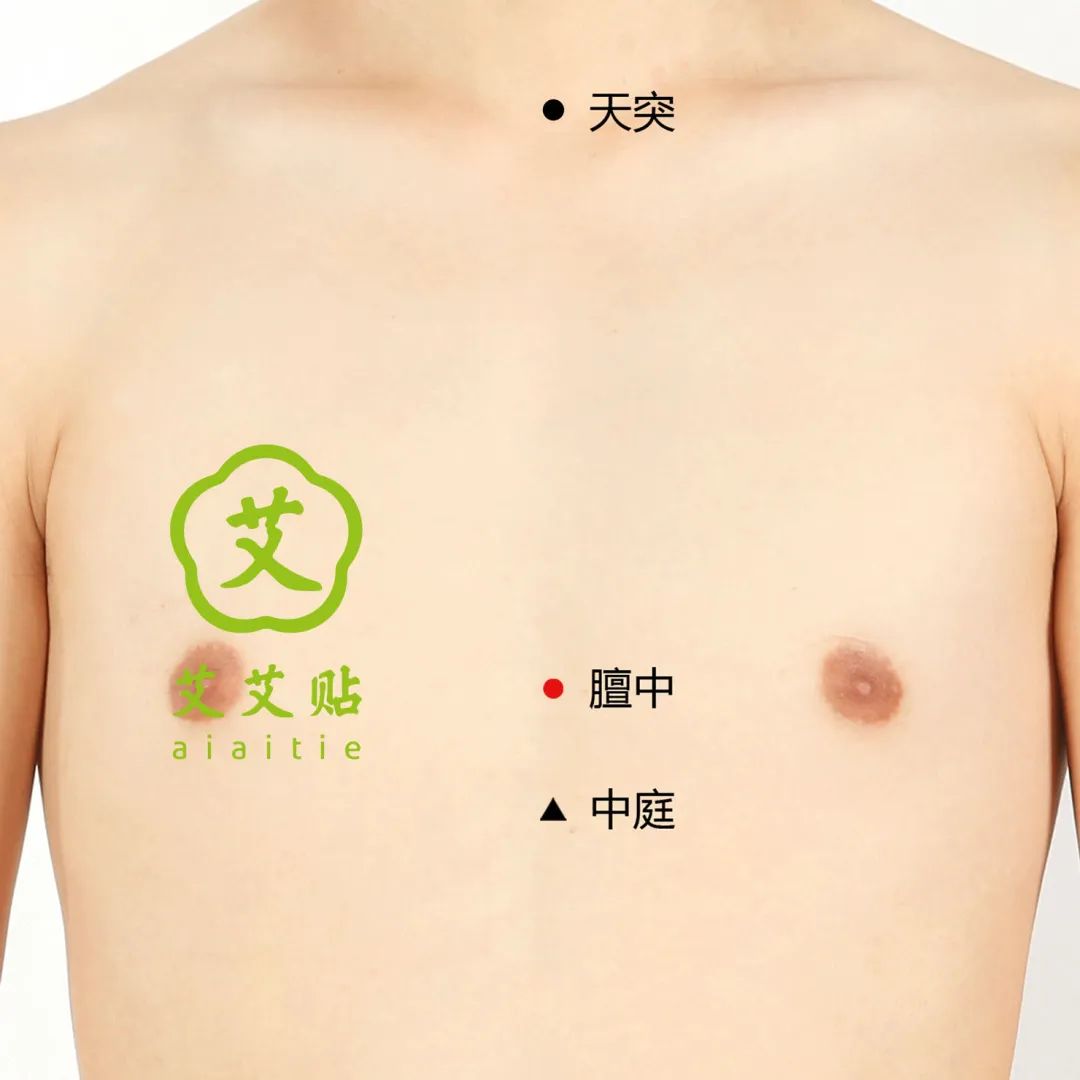
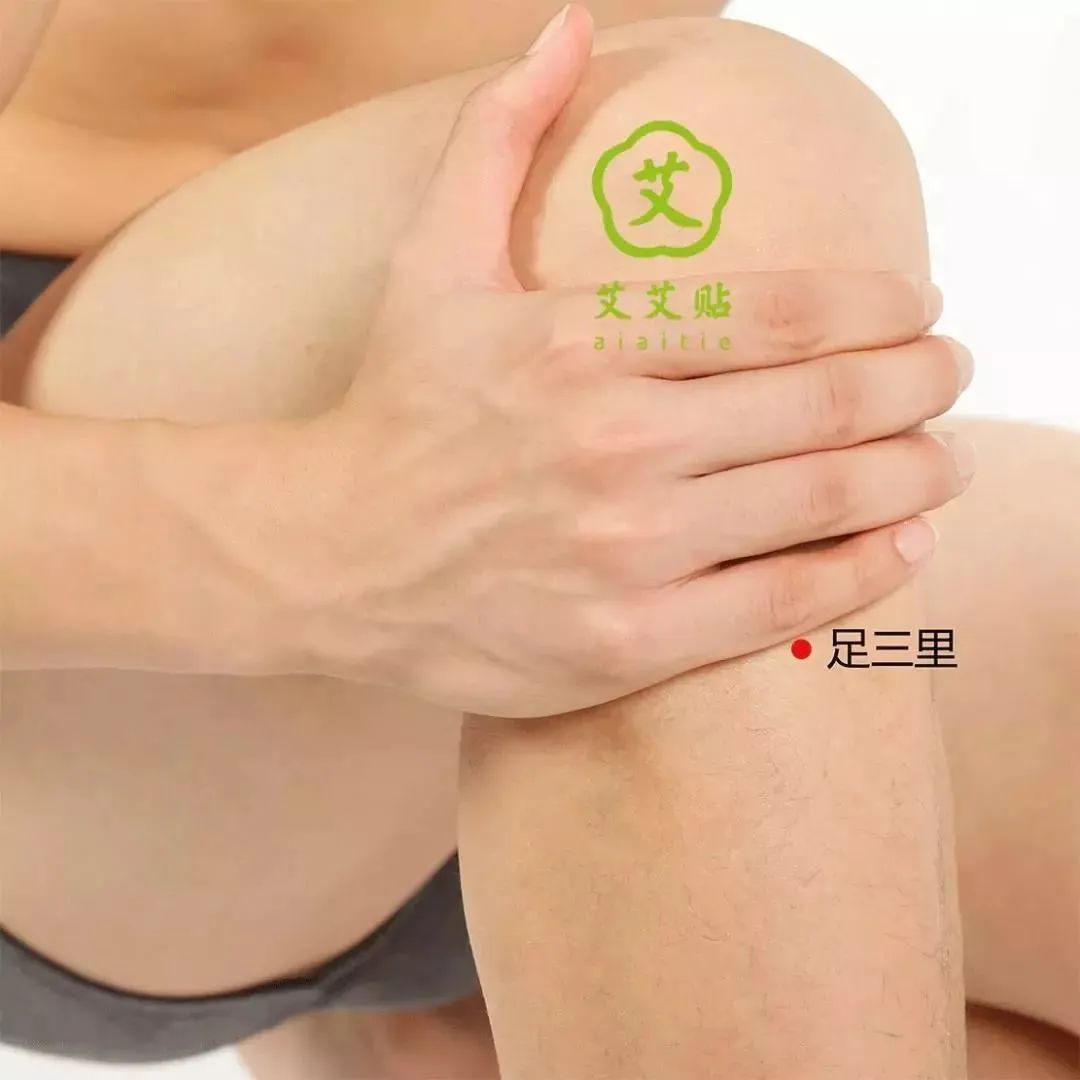
● Zusanli Point (St 36)
The Zusanli point is located on the anterior lateral side of the lower leg, 3 cun below the knee cap, and one finger breadth from the anterior border of the tibia. This point is one of the main points of the “Stomach Meridian of the Foot Yangming” and is a powerful health point. Zusanli is known as an all-purpose health point, with the saying “pressing Zusanli is better than eating old hen” in folk culture. TCM believes that moxibustion on the Zusanli point can regulate immune function, enhance disease resistance, improve spleen and stomach function, tonify Qi, promote circulation, and support the expulsion of evils.
● Sanyinjiao Point (Sp 6)
The Sanyinjiao point is located on the inner side of the lower leg, 3 cun above the ankle joint. This point is where the Spleen Meridian of the Foot Taiyin, Kidney Meridian of the Foot Shaoyin, and Liver Meridian of the Foot Jueyin intersect, making it widely applicable. In addition to tonifying the spleen and nourishing blood, it also has effects of regulating the liver, tonifying the kidneys, and calming the mind, which can aid sleep. The Sanyinjiao point has long been regarded as a health point for women, as moxibustion on this point can help maintain women’s uterus and ovaries, enhance beauty, and improve skin smoothness and hydration, while also helping to regulate menstrual irregularities and other gynecological issues.
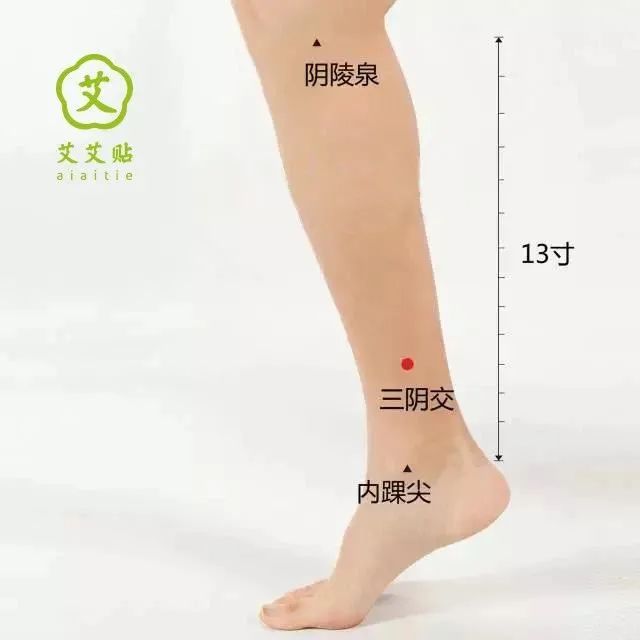
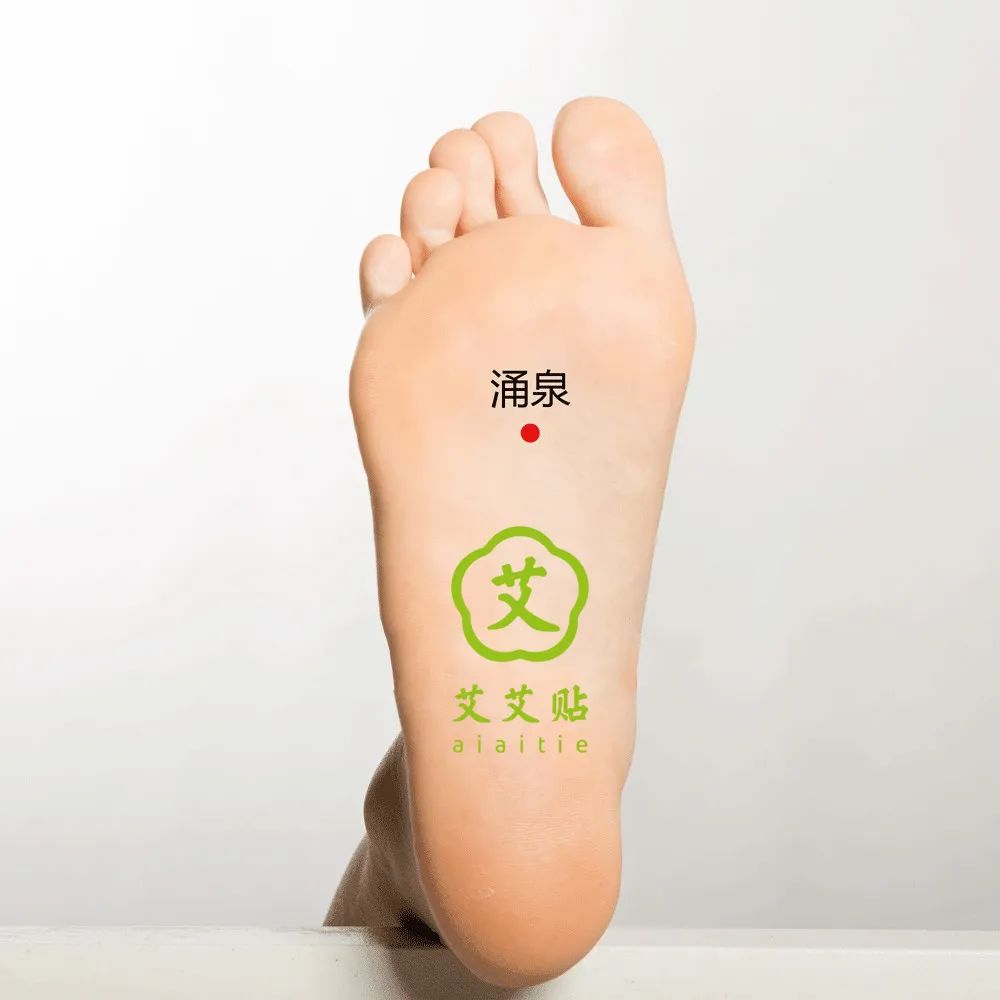
● Yongquan Point (Kidney 1)
The Yongquan point is located in the depression on the front of the foot, at the junction of the second and third toes and the heel, being the lowest point of all Shu points and the first point of the Kidney Meridian. The saying goes: “To keep the elderly safe, keep the Yongquan warm.” If one persists in moxibustion on the Yongquan point daily, it can invigorate energy, improve constitution, and enhance disease resistance.
◎ Selected Recommendations



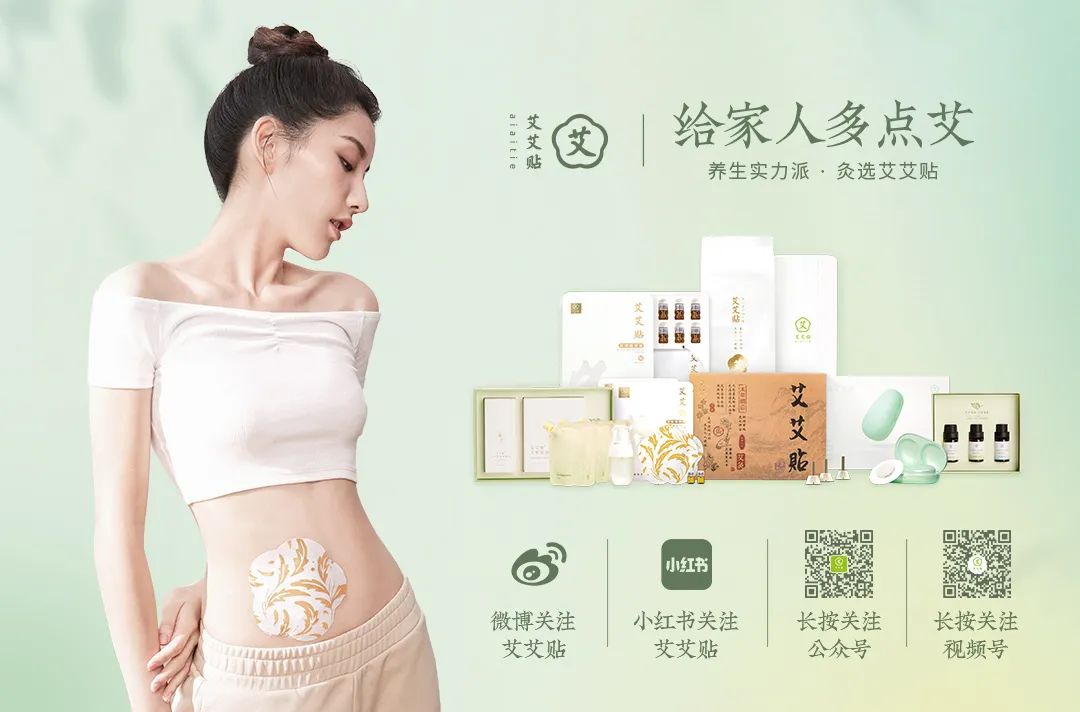 Tap to ViewShare Moxibustion with Friends 👇
Tap to ViewShare Moxibustion with Friends 👇

